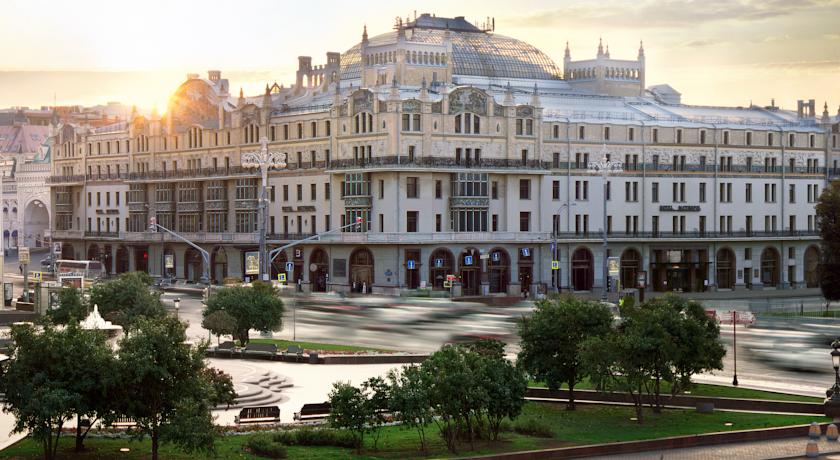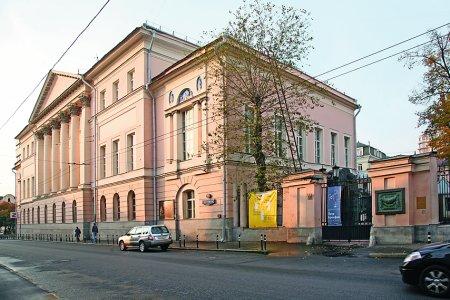 To the right is the pinkish building of Yelisseyev’s Food Store. It was named after its owner merchant Yelisseyev. He was the richest Russian of the 19th century. Earlier, the building had belonged to Zinaida Volkonskaya, a talented woman who arranged literary parties. Among her guests was the famous Alexander Pushkin.
To the right is the pinkish building of Yelisseyev’s Food Store. It was named after its owner merchant Yelisseyev. He was the richest Russian of the 19th century. Earlier, the building had belonged to Zinaida Volkonskaya, a talented woman who arranged literary parties. Among her guests was the famous Alexander Pushkin.
Ahead is the square named after the greatest Russian poet and the father of Russian literary language, Pushkin. Pushkinskaya Square appeared in the 1770s where the demolished fortress wall of Beliy Gorod (White Town) and the Tverskiye Gates towers once stood. Pushkin Square was originally called Passion Square, after the convent, which was founded by Tsar Aleksey Mikhailovich (the father of Peter the Great) in 1654. Along with other religious sites, it was demolished by order of Stalin in 1937. Nowadays the Russian film theatre is located there. In the center of the square you can see the monument to Pushkin. It was designed by architect A. Opekushin in 1880. In the early 1950s, a public garden with fountains was built on the square and the Pushkin Monument was moved to the square from Tverskoy Boulevard.
The architectural complex surrounding the square includes the publishing house Izvestia, the old building, which was erected in 1927, and the new one, in 1975. Also around the square is the church of the Nativity of Our Lady in Putinki, from the late 17th century. This is one of the best examples of a tent-shaped church.
In the distance, on the opposite side of the street, is a classical red and white building. It is the former English Club, the building mentioned by Leo Tolstoy in War and Peace, and by Pushkin in Eugene Onegin. The fonner English Club was built by architect Kazakov at the end of the 18th century. It was attended by the richest citizens in the 18th and 19th centuries. In the 1940s the building became the museum housing gifts to Stalin. There many interesting items could be found, such as the grain of peace with Chinese hieroglyphs and a huge cover with Stalin’s portrait which was made of silk by women of Orient. Nowadays it is the Museum of Modem History. English Club is the opposite side of the street is the beginning of Tverskoy Boulevard, laid out more than 200 years ago. The boulevard was described by A. Pushkin and M. Lermontov. It was also mentioned by A. Griboyedov and L. Tolstoy. A lot of writers, from Karamzin to Bulgakov and Solzhenitsyn, wrote about Tverskoy.


